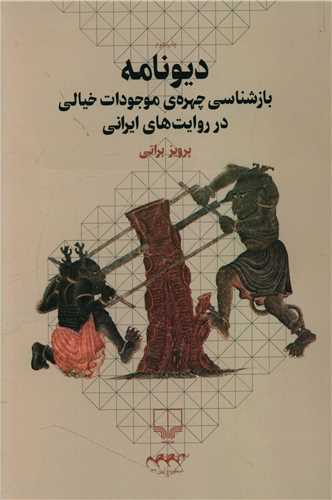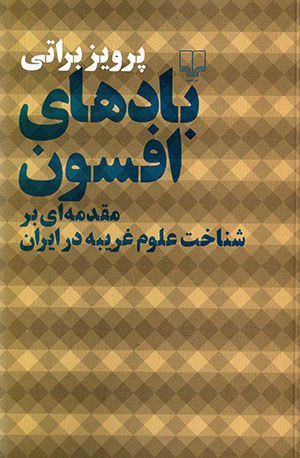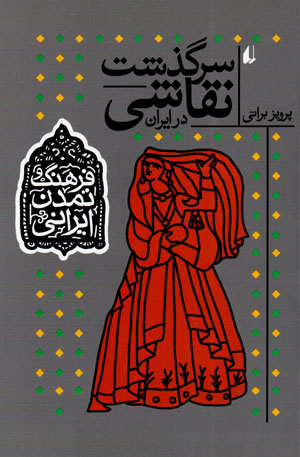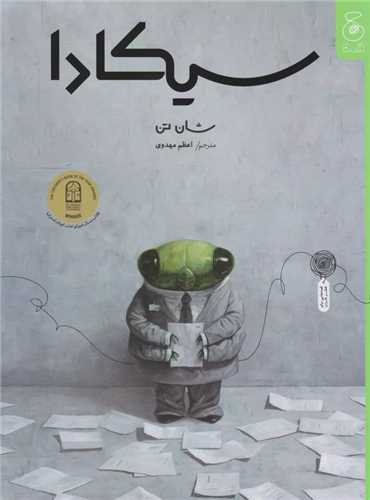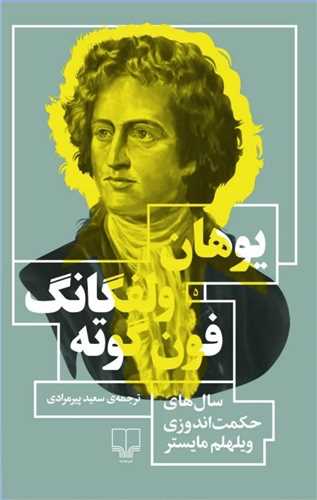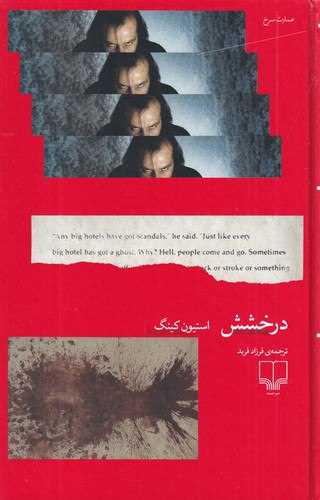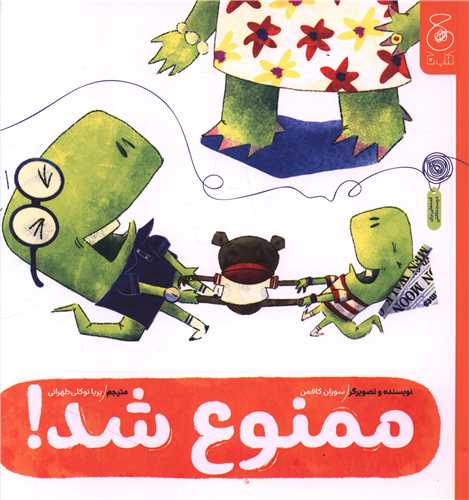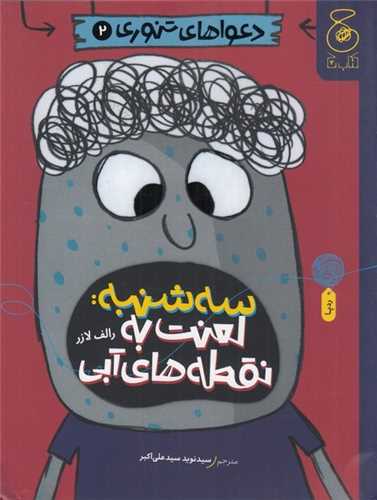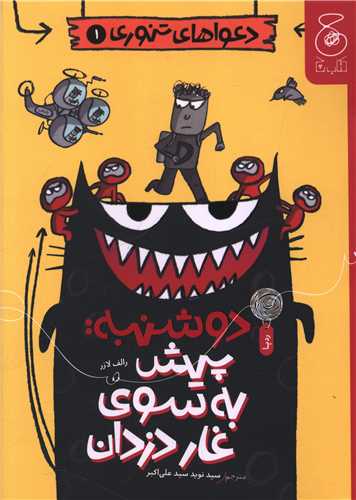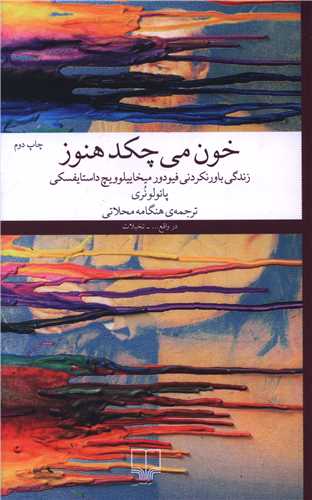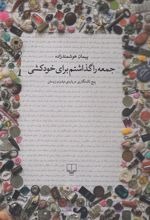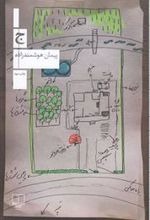دیونامه: بازشناسی چهرهی موجودات خیالی در روایتهای ایرانی الفارسية 1403
Dīv'nāmah: Bāz'shināsī-yi Chihrah-yi Mujūdāt-i Khiyālī dar Ravāyat'hā-yi Īrānī
14٫68 €
مشاركة
Wishlist
The relationship between demons, dragons, and fairies and "imagination" can be traced back to Dari texts after Islam - which is the dominant aspect of post-Islamic literature - in epics, stories in verse and prose, and oral narratives. Demons and fairies, which had a negative, evil, and antagonistic function in the biopolitical arena before Islam, rose to the level of narrative in Dari texts after Islam and became the cornerstone of Iranian fantastic literature. This is where demons, fairies, and magicians are exiled to the realm of imagination and begin a new life. From this time on, demons and fairies become fantasy and acquire a literary and narrative function and a human aspect, and the process of "aestheticizing the monstrous" takes shape. After Islam, language becomes a vehicle for creating wonder, and later, harmful creatures that had a ritual-mythical and political quality in the pre-Islamic period acquire a literary-narrative function.
more
نسبت دیو و اژدها و پری با «خیال» را پس از اسلام در متون دری - که وجه غالب ادبیات پس از اسلام است - در حماسهها و داستانهای منظوم و منثور و روایتهای شفاهی میتوان بازجست. دیوان و پریان که پیش از اسلام در عرصهی زیست-سیاست کارکردی منفی و شریرانه و آنتاگونیستی داشتند، پس از اسلام در متون دری، به سطح روایت پا گذاشتند و سنگ بنای ادبیات شگفت ایرانی شدند. اینجاست که دیوان و پریان و جادوان به ساحت خیال تبعید میشوند و حیات تازهای را میآغازند. دیوان و پریان از این زمان به بعد به فانتزی بدل میشوند و کارکرد ادبی و روایی و وجه انسانی پیدا میکنند و فرآیند «زیباییشناسانه کردن امر هیولایی» شکل میگیرد. پس از اسلام، زبان محملی برای ایجاد شگفتی میشود و سپستر، موجودات زیانکاری که در دورهی قبل از اسلام کیفیتی آیینی-اسطورهای و سیاسی داشتند، کارکردی ادبی-روایی مییابند.
more

